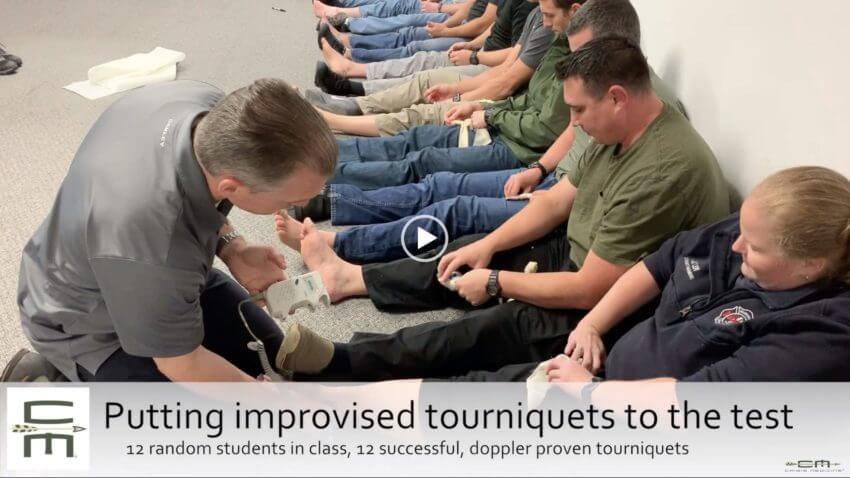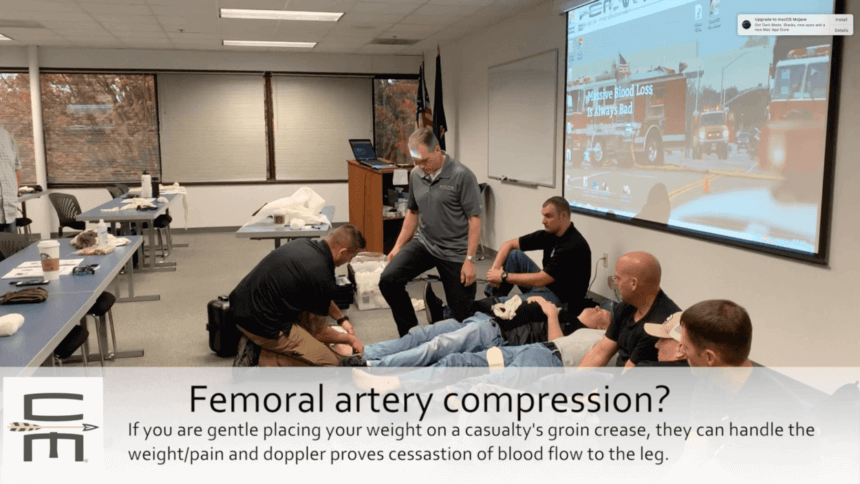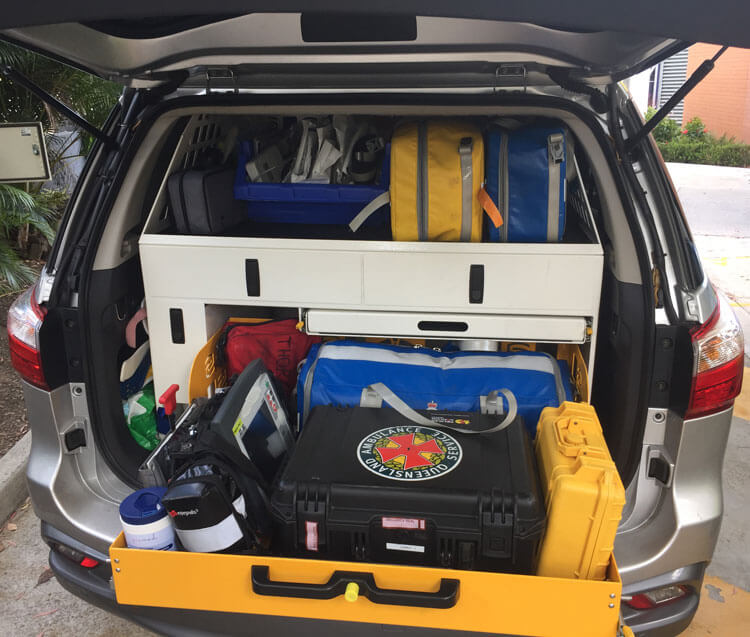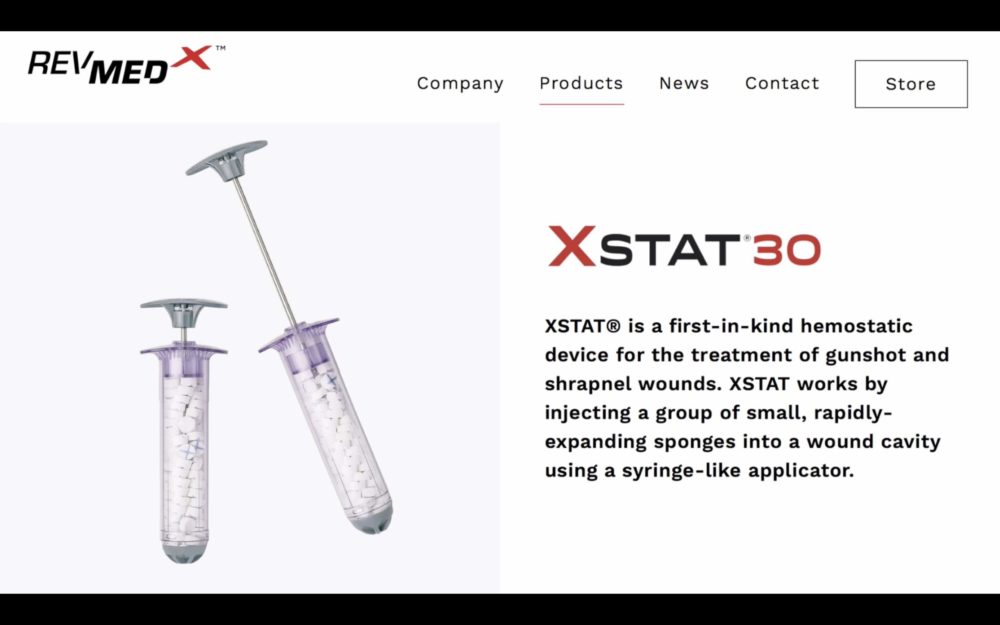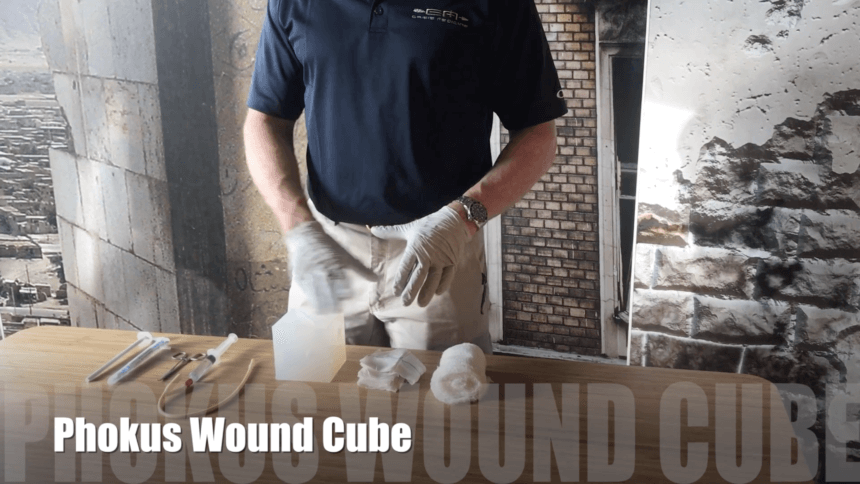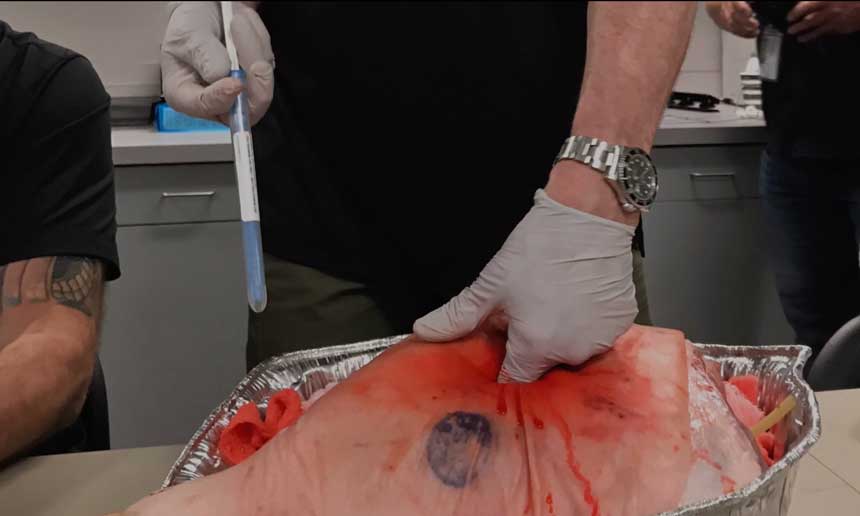Proven commercially available tourniquets are always our first choice. 🕖 Reading Time, 3 minutes Though many say improvised tourniquets don’t work, 12 students in a recent class all successfully made them work, when using appropriate materials, verified by Doppler ultrasound. …
Massive hemorrhage is the leading cause of preventable death from injuries.
How much blood loss is too much?
In December 1970, the US military published data on 7,800 soldier and Marine casualties from the conflict in Vietnam. In that data, specifically 10% of combat fatalities were from extremity hemorrhage. This dataset would later form the first TCCC guidelines in 1996. With the widespread adoption of tourniquets by the US. Military in the early 21st Century, death from massive extremity hemorrhage is now unusual in combat. This improvement has lead to greater awareness of massive hemorrhage from “junctional areas” like the neck, axilla/armpit, and groin, areas not amenable to circumferential tourniquet placement. To be facile at controlling massive hemorrhage, wound packing is a needed but often neglected skill set.
Kneeling on the casualty’s groin for distal hemorrhage control When I was in the Special Forces Medical Sergeants course a very long time ago, I was taught a stopgap measure…
🕖 Reading Time, 2 minutes While recently in Brisbane, Australia I had the opportunity to ride with a High Acuity Response Unit (HARU) paramedic for the Queensland Ambulance Service. HARU paramedics are a select group of critical care paramedics with …
🕖 Reading Time, 1 minutes Using the XStat 30 trainer in an in-person class on a TrueClot wound model. The sponges immediately expand in the wound and rapidly exert pressure you can feel under your hand. *provided as demonstration only, …
🕖 Reading Time, 1 minutes Teaching wound packing has always been challenging as there are few good wound packing models. The Phokus wound cube has 4 different wound profiles and has a realistic texture. In this short video, see the …
🕖 Reading Time, 1 minutes Used the X-Stat trainers in class today on a hog thigh with a simulated femoral artery laceration. This narrow wound track is a challenge to pack with Kerlix Gauze, the X-Stat 12 applicator worked awesomely.

